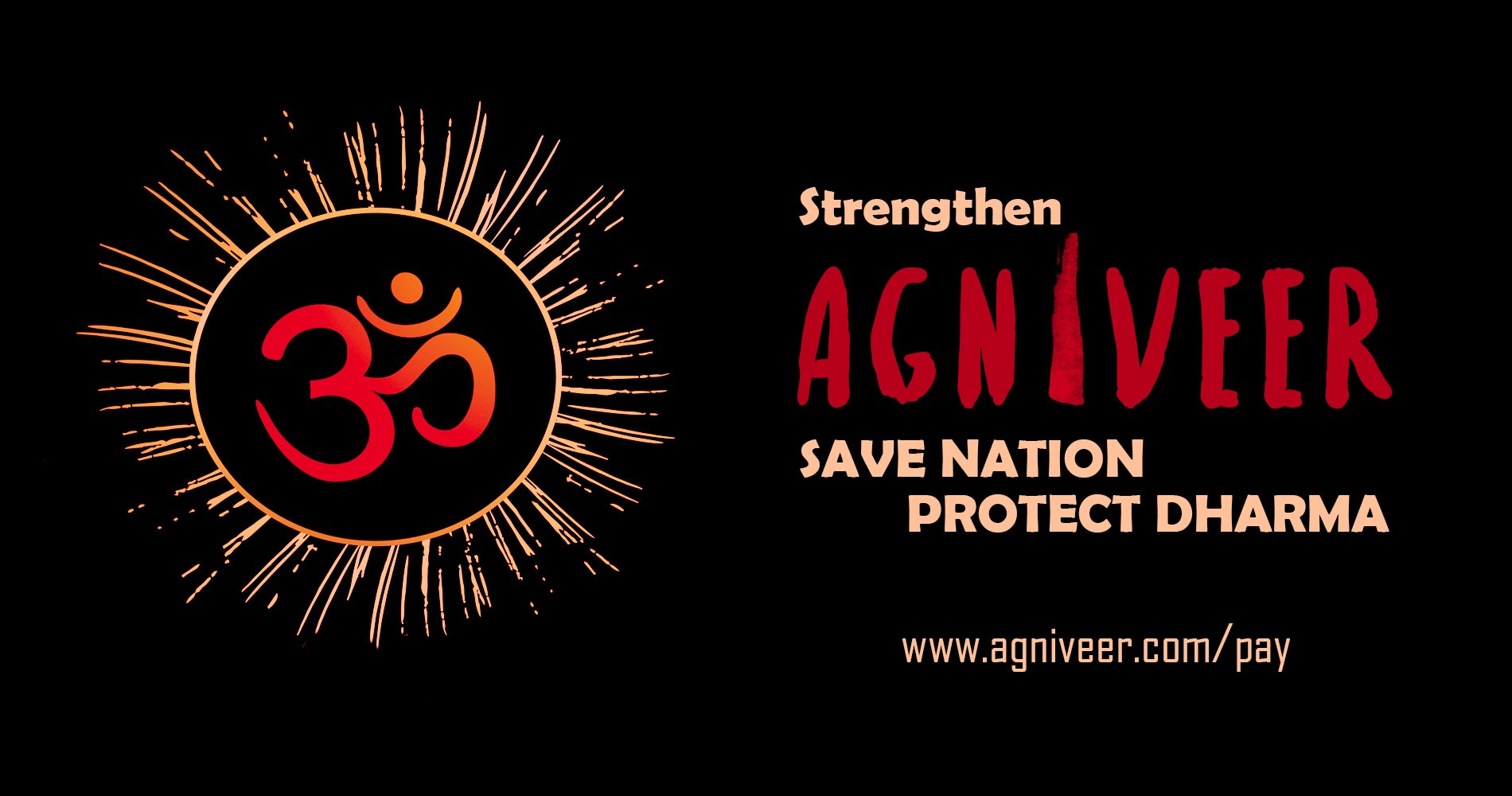- Taj Mahal is a Shiva Temple – 100 plus evidences (Part 13)
- Taj Mahal is a Shiva Temple – 100 evidences (Part 12)
- Taj Mahal is a Shiva Temple – 100 evidences (Part 11)
- Taj Mahal is a Shiva Temple – 100 evidences (Part 10)
- Taj Mahal is a Shiva Temple – 100 evidences (Part 9)
- Taj Mahal is a Shiva Temple – 100 evidences (Part 8)
- Taj Mahal is a Shiva Temple – 100 evidences (Part 7)
- Taj Mahal is a Shiva Temple – 100 evidences (Part 6)
- Taj Mahal is a Shiva Temple – 100 evidences (Part 5)
- Taj Mahal is a Shiva Temple – 100 evidences (Part 4)
- Taj Mahal is a Shiva Temple – 100 evidences (Part 3)
- Taj Mahal is a Shiva Temple – 100 evidences (Part 2)
- Taj Mahal is a Shiva Temple – 100 evidences (Part 1)
- Reclaim Temples and kick out the fraud
Architectural Evidence
35. Well, known Western authorities on architecture like E.B.Havell, Mrs.Kenoyer and Sir W.W.Hunterhave gone on record to say that the TajMahal is built in the Hindu temple style. Havell points out the ground plan of the ancient Hindu Chandi Seva Temple in Java is identical with that of the Taj.
36. A central dome with cupolas at its four corners is a universal feature of Hindu temples.
37. The four marble pillars at the plinth corners are of the Hindu style. They are used as lamp towers during the night and watch towers during the day. Such towers serve to demarcate the holy precincts. Hindu wedding altars and the altar set up for God Satyanarayan worship have pillars raised at the four corners.
38. The octagonal shape of the Tajmahal has a special Hindu significance because Hindus alone have special names for the eight directions, and celestial guards assigned to them. The pinnacle points to the heaven while the foundation signifies to the nether world. Hindu forts, cities, palaces and temples generally have an octagonal layout or some octagonal features so that together with the pinnacle and the foundation they cover all the ten directions in which the king or God holds sway, according to Hindu belief.
39. The Tajmahal has a trident pinnacle over the dome. A full scale of the trident pinnacle is inlaid in the red stone courtyard to the east of the Taj. The central shaft of the trident depicts a “Kalash” (sacred pot) holding two bent mango leaves and a coconut. This is a sacred Hindu motif. Identical pinnacles have been seen over Hindu and Buddhist temples in the Himalayan region. Tridents are also depicted against a red lotus background at the apex of the stately marble arched entrances on all four sides of the Taj. People fondly but mistakenly believed all these centuries that the Taj pinnacle depicts an Islamic crescent and star was a lighting conductor installed by the British rulers in India. Contrarily, the pinnacle is a marvel of Hindu metallurgy since the pinnacle made of a non-rusting alloy is also perhaps a lightning deflector. That the pinnacle of the replica is drawn in the eastern courtyard is significant because the east is of special importance to the Hindus, as the direction in which the sun rises. The pinnacle on the dome has the word `Allah’ on it after capture. The pinnacle figure on the ground does not have the word, Allah.
[mybooktable book=”great-rulers-india” display=”summary” buybutton_shadowbox=”false”]
From: Works of P.N. Oak


